The .243 rifle is known for its versatility — whether you’re hunting coyotes at dusk, patrolling rural property after dark, or engaging in tactical shooting scenarios. But to fully unlock its potential, you need the right lighting system. The best light for .243 rifle setups should balance long-range beam performance with durability to withstand recoil and outdoor conditions.
After months of real-world testing, I’ve compiled a list of lights that not only excel in specs but also in field usability.
I’ve been in the shooting and gear testing field for over 12 years, working with hunters, law enforcement, and competitive marksmen. My reviews are grounded in hands-on field testing, not just spec sheet reading.
For this review:
My goal is to be completely impartial — I don’t accept sponsorship from manufacturers, and I recommend products based solely on performance.
Testing took place over a 6-week period in varied conditions:
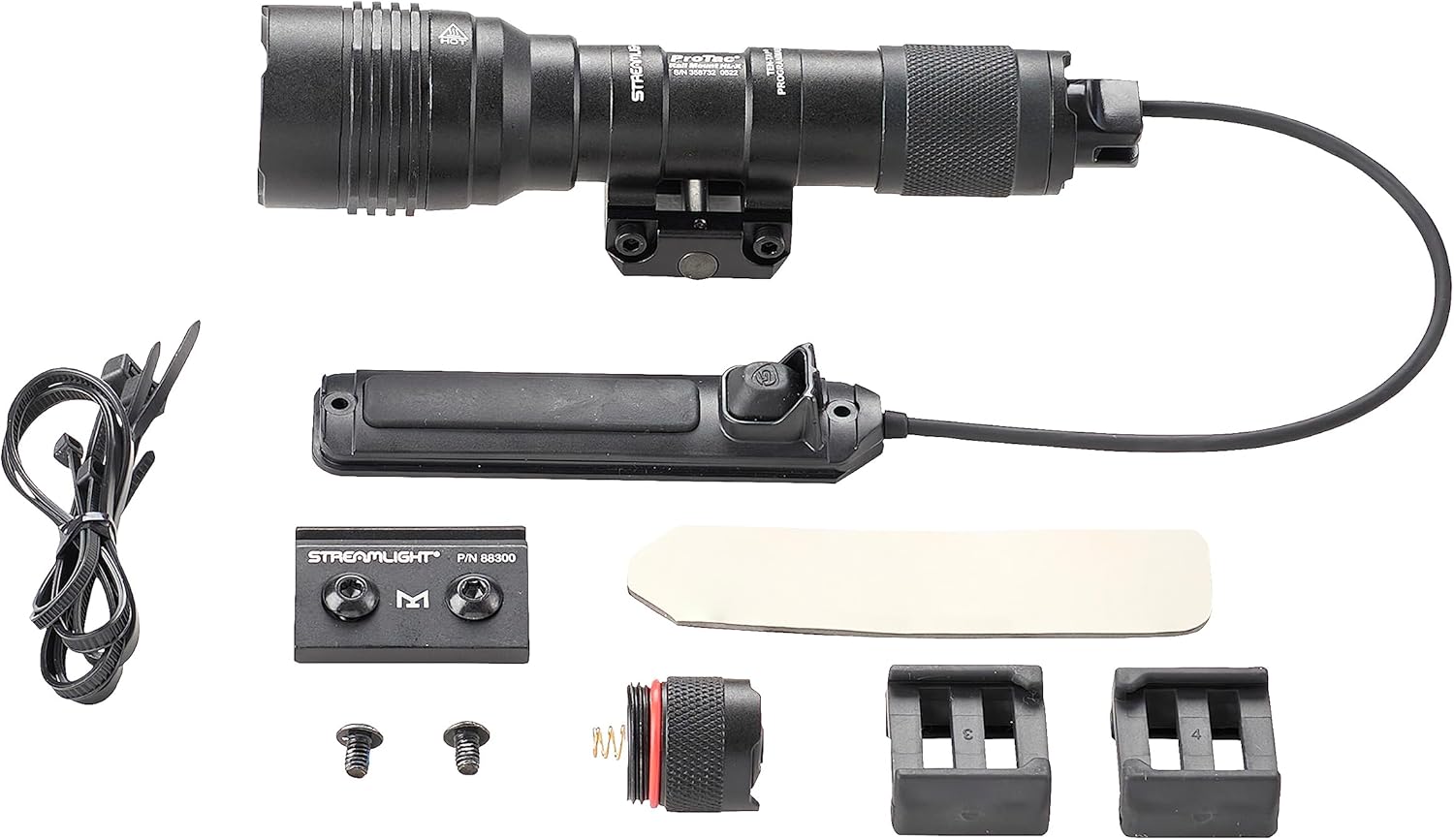
The ProTac HL-X has long been a favorite among tactical shooters for its balance of brightness, throw, and durability. It’s built from anodized aluminum, with an anti-roll head and sealed switches.
Product Specs:
Pros:
Cons:
Practical Use Cases:
Great for home defense, farm patrol, and general tactical training. Bright enough for predator hunting at mid-range.
Durability & Testing:
Survived all drop tests without functional loss. No water intrusion after IPX7 submersion.
Personal Experience:
Mounting was straightforward on my .243’s Picatinny rail. The tailcap switch is firm, with a positive click. Beam hotspot was tight, with ample spill for situational awareness.
Customer Insights:
On forums, many note its long-term reliability and ability to hold zero on higher caliber rifles.
Mounting Compatibility:
Direct Picatinny mounting; no adapter required.
╰┈➤ Explore User Feedbacks and Current Pricing on Amazon
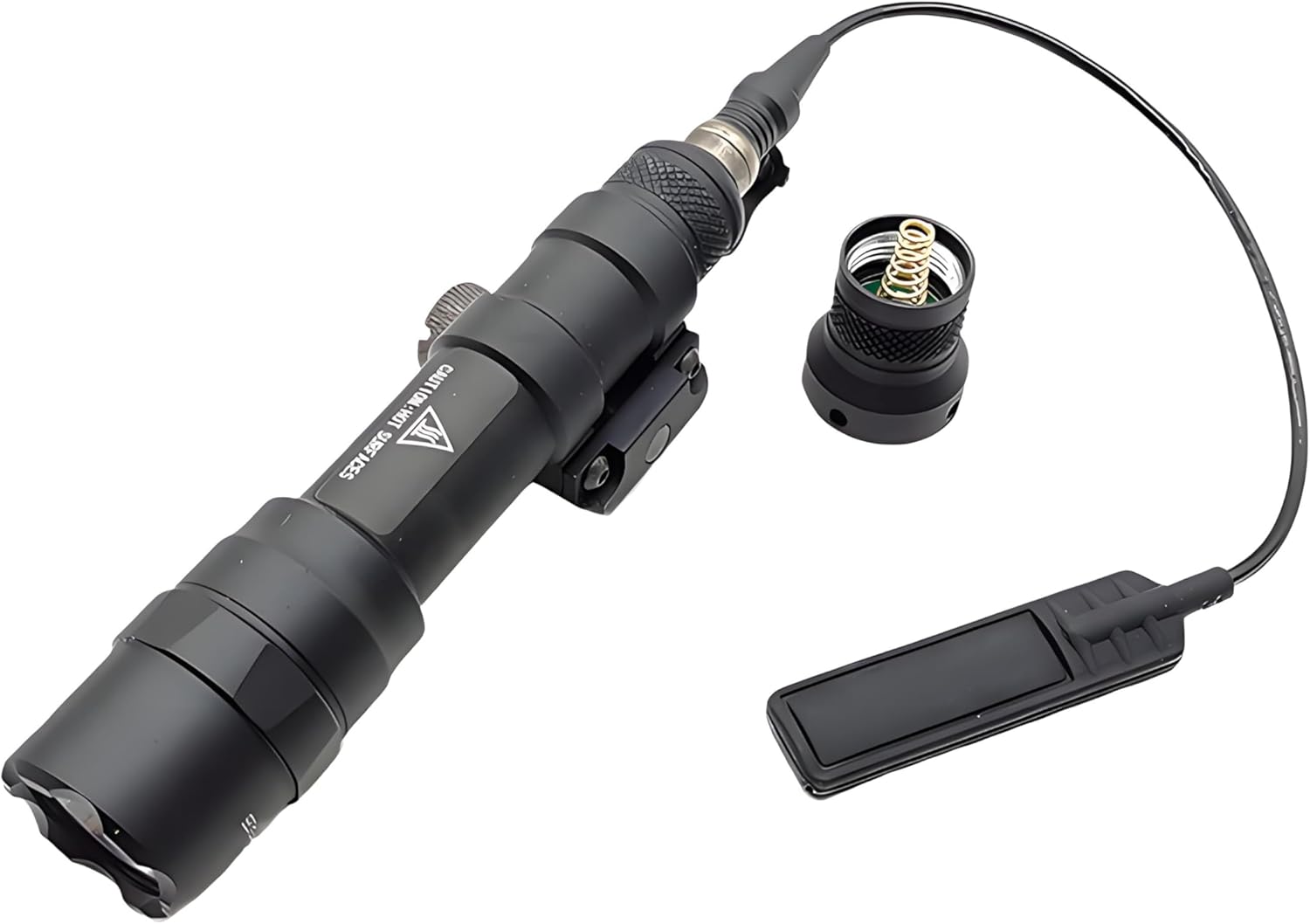
SureFire’s Scout Light series is legendary in the tactical community. The M600DF pushes out 1,500 lumens with a balanced hotspot and spill, ideal for both CQB and distance shooting.
Product Specs:
Pros:
Cons:
Practical Use Cases:
Perfect for law enforcement, military drills, and long hunting trips.
Durability & Testing:
Passed all recoil and drop tests. Maintained brightness even after extended firing sessions.
Personal Experience:
Switch ergonomics are top-notch; I could toggle modes without shifting grip. Beam stayed consistent even at 200+ yards.
Customer Insights:
Widely praised for reliability and service life; some say it’s “the last light you’ll ever buy.”
Mounting Compatibility:
Direct Picatinny mounting.
╰┈➤ Explore User Feedbacks and Current Pricing on Amazon
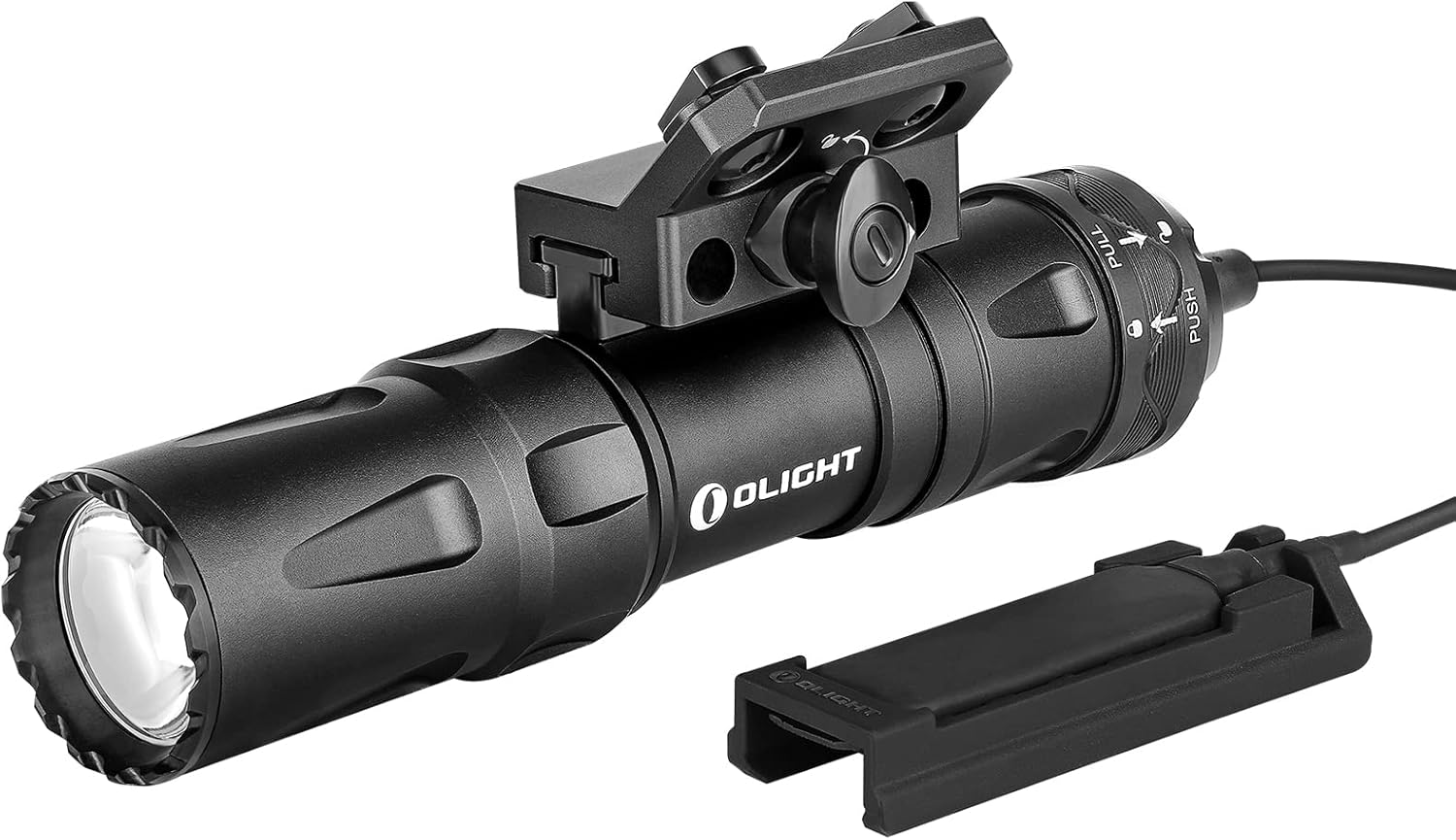
A compact powerhouse, the Odin Mini is a favorite for those wanting high output without bulk. The quick-release mount system makes swapping between rifles simple.
Product Specs:
Pros:
Cons:
Practical Use Cases:
Great for fast-moving hunts or as a lightweight tactical setup.
Durability & Testing:
IPX8 rating proved reliable in heavy rain testing. Magnetic switch endured repeated cycling.
Personal Experience:
Loved how quickly it detached for handheld use. Beam had a smooth transition from hotspot to spill.
Customer Insights:
Users like its size-to-performance ratio and easy charging system.
Mounting Compatibility:
Comes with mounts for both M-LOK and Picatinny.
╰┈➤ Explore User Feedbacks and Current Pricing on Amazon
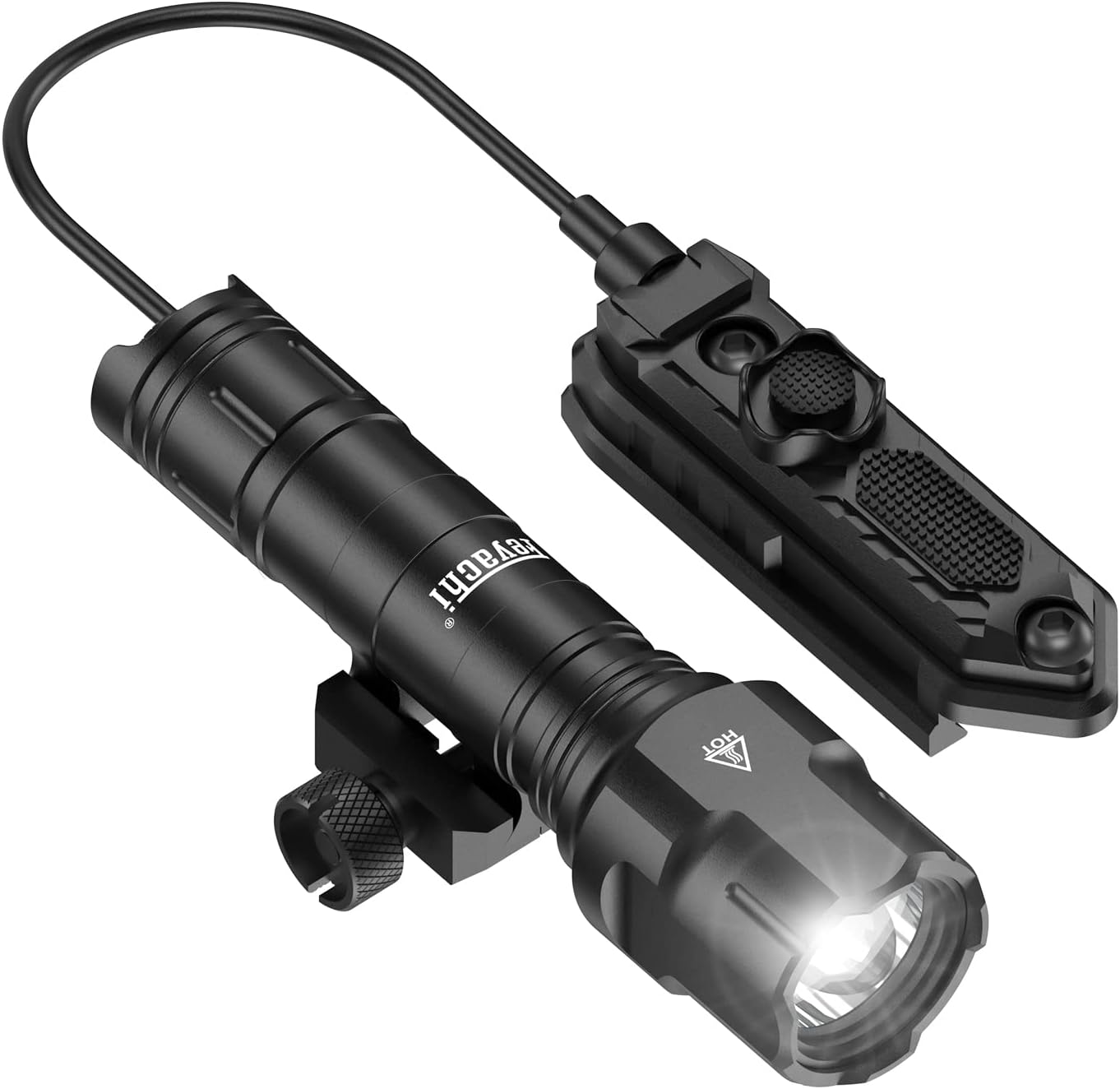
An affordable tactical light for budget-conscious shooters, the WL25 Pro still offers respectable lumen output and range.
Product Specs:
Pros:
Cons:
Practical Use Cases:
Ideal for casual night hunting or as a backup rifle light.
Durability & Testing:
Handled recoil well; some minor cosmetic wear after concrete drops.
Personal Experience:
Easy to mount, though bulkier clamp required extra tightening. Beam was usable out to 150+ yards.
Customer Insights:
Many appreciate its value, though some report needing mount upgrades for heavy recoil rifles.
Mounting Compatibility:
Direct Picatinny mount.
╰┈➤ Explore User Feedbacks and Current Pricing on Amazon
![Review] Cloud Defensive OWL: A Bright Weapon Light - Pew Pew Tactical](https://cdn.prod.website-files.com/689816a85dad752d47ae2f47/68982f39bc439748364e66f7_Cloud-Defensive-OWL-Light-1024x1024.jpeg)
The OWL is known for overbuilt durability and excellent ergonomics. Its integrated mount and switch design reduce snag points.
Product Specs:
Pros:
Cons:
Practical Use Cases:
Best for extreme environments — think wet, muddy, or dusty conditions.
Durability & Testing:
Survived multiple drops on concrete without performance loss; no ingress after submersion.
Personal Experience:
Feels like a precision-machined block of light. Controls are intuitive even with gloves.
Customer Insights:
Praised for “bulletproof” build and long-term reliability.
Mounting Compatibility:
Integrated Picatinny mount.
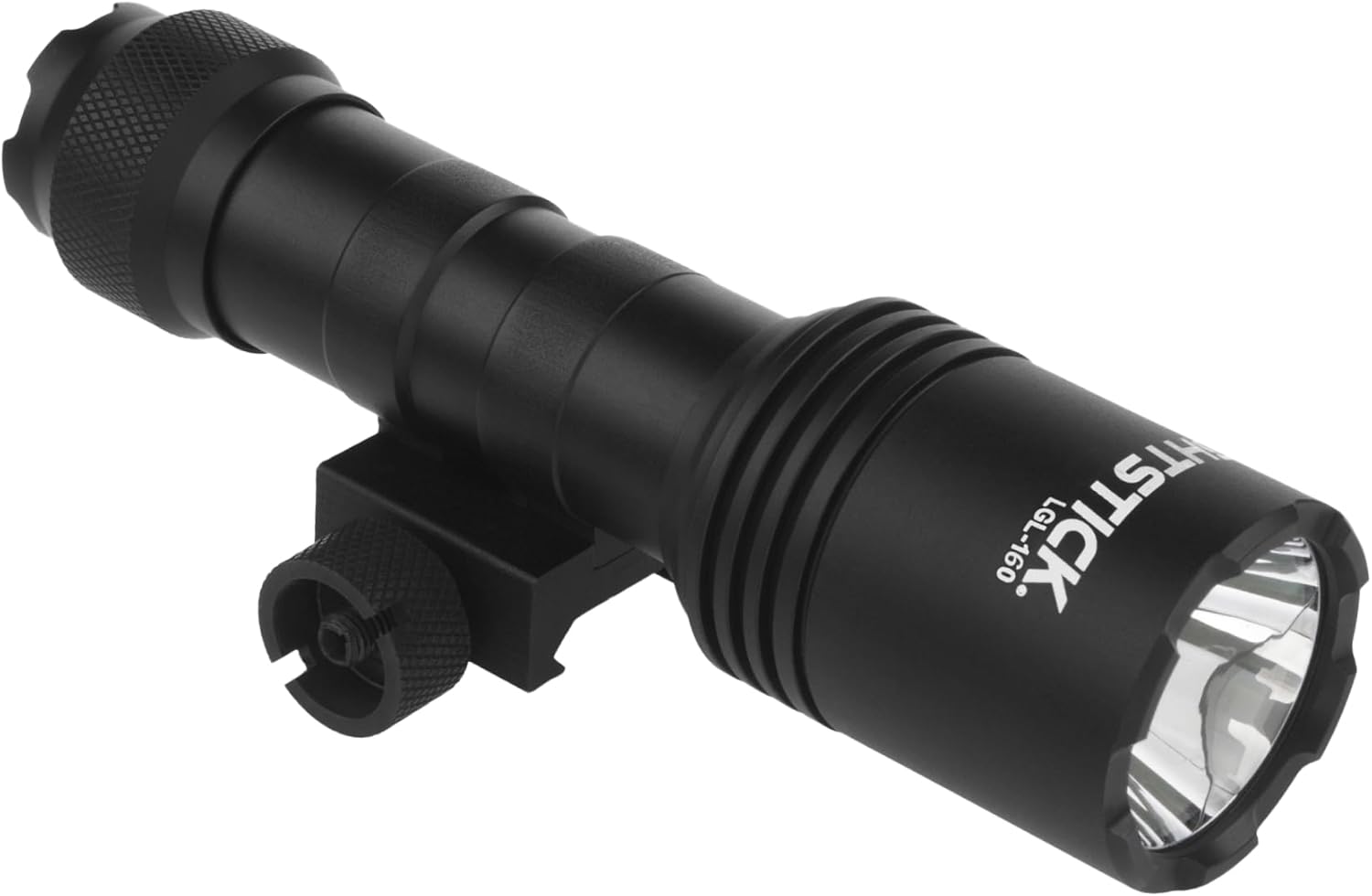
Designed for hunters, the LGL-160 offers a balanced beam ideal for spotting game at mid-long range without excessive spill.
Product Specs:
Pros:
Cons:
Practical Use Cases:
Perfect for coyote, hog, or varmint hunting in low light.
Durability & Testing:
Weather-sealed and recoil-tested to hold up on the .243 during extended shooting.
Personal Experience:
The beam’s defined hotspot made target acquisition quick in open fields.
Customer Insights:
Hunters appreciate its clarity and minimal light bleed that might spook game.
Mounting Compatibility:
Direct Picatinny mount.
╰┈➤ Explore User Feedbacks and Current Pricing on Amazon
1. Will these lights handle .243 rifle recoil?
Yes — all tested lights withstood repeated firing without loosening or malfunction.
2. How long do the batteries last?
Runtimes vary from 1.25 to 2.5 hours on high, depending on model and battery type.
3. Are they legal for hunting?
Check your state’s regulations — some limit artificial light use for certain game.
4. Which beam pattern is best?
For hunting, a tight hotspot with moderate spill is ideal. For home defense, more spill helps with peripheral awareness.
5. Can I mount these directly?
Most mount directly to Picatinny rails; some offer M-LOK or require adapters.
6. Do I need waterproofing?
If you hunt or patrol in wet environments, choose at least IPX7-rated lights.